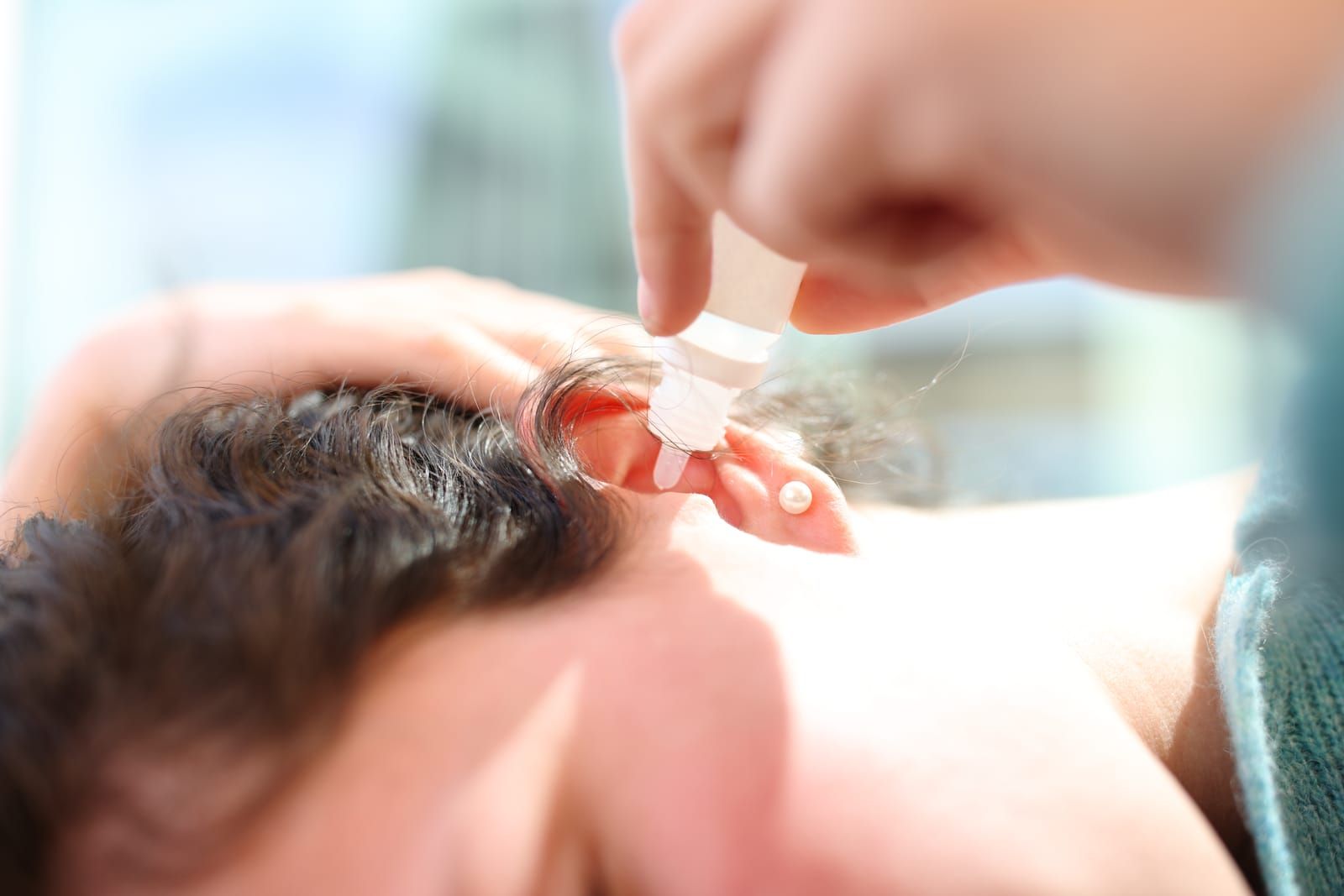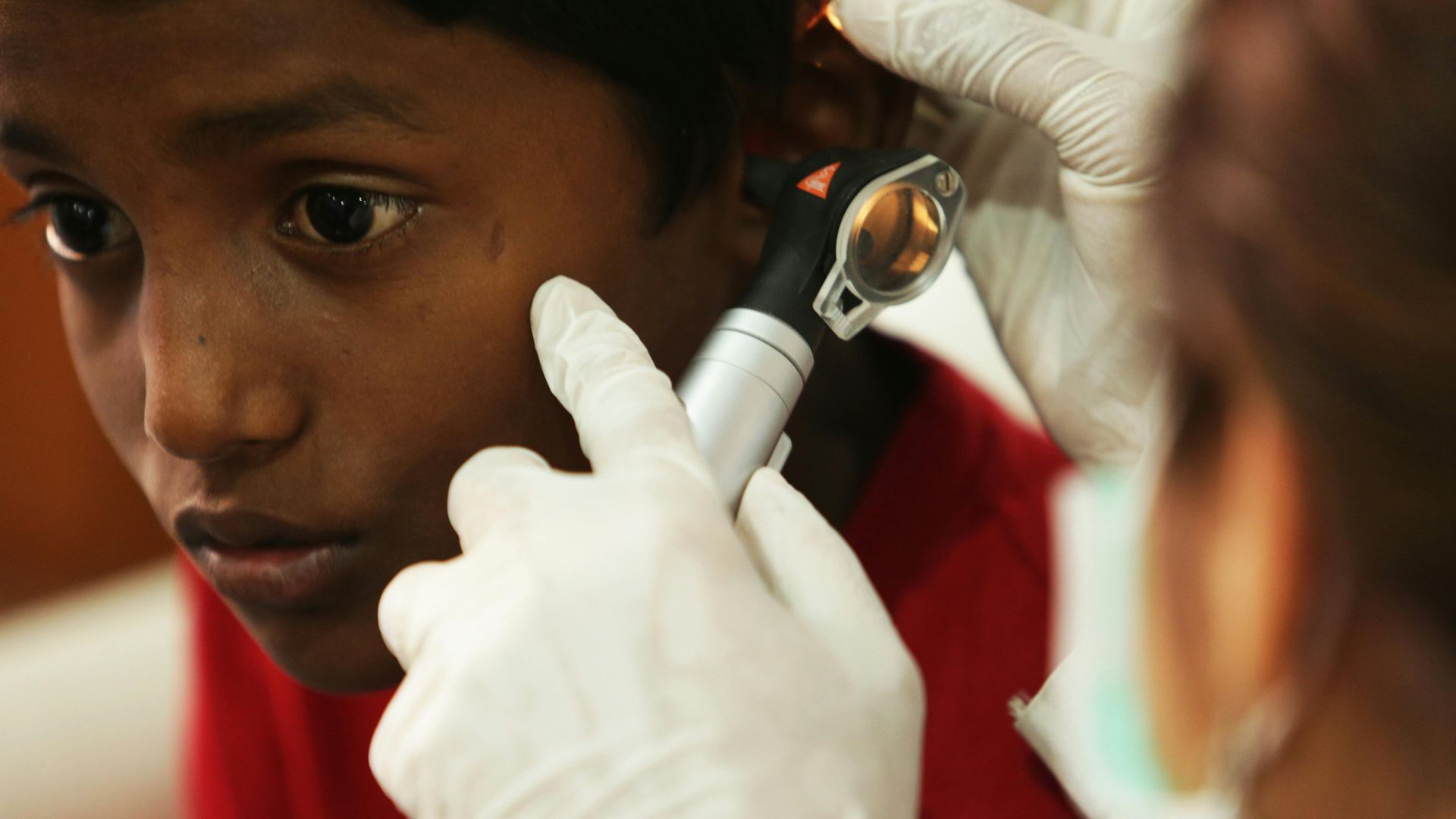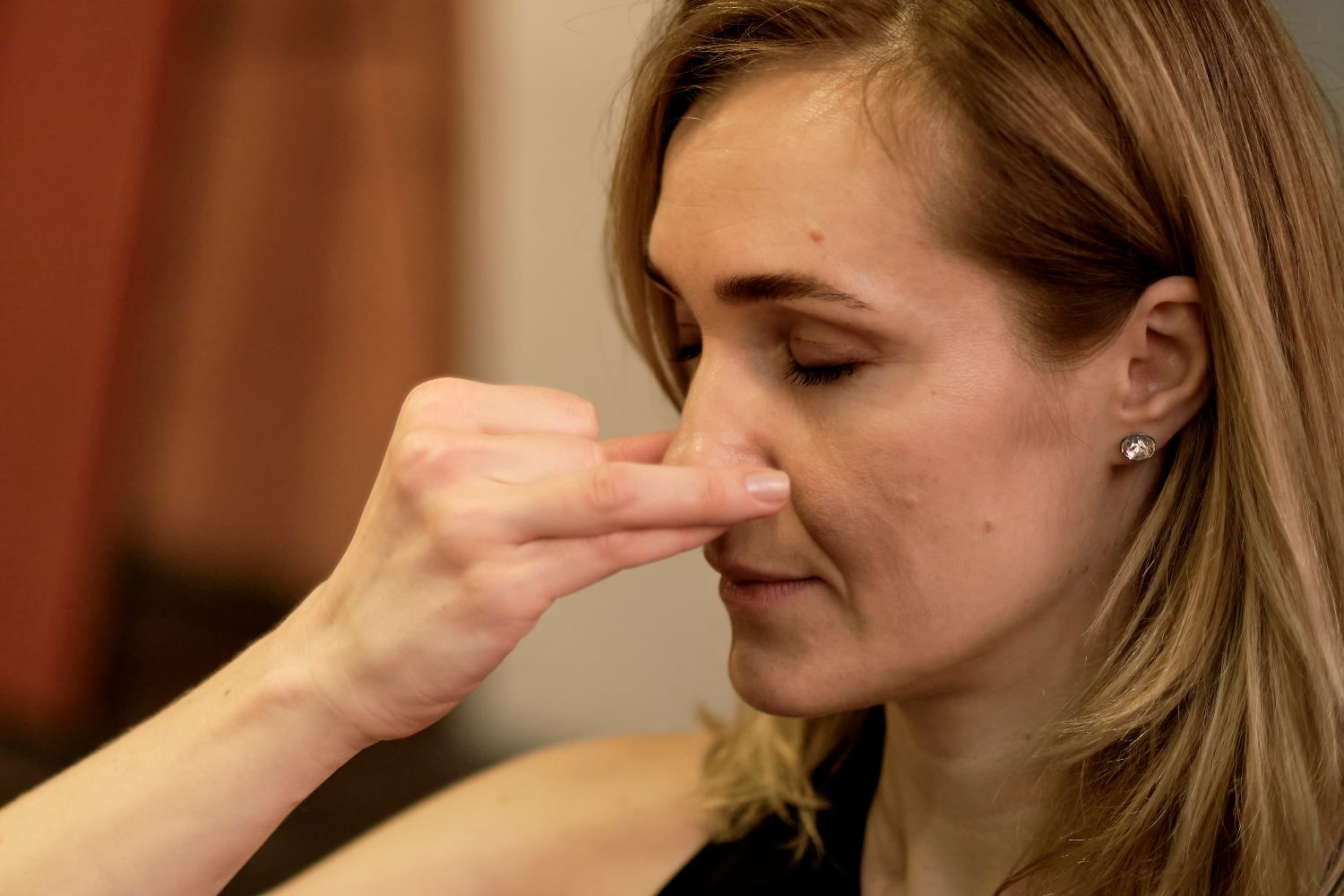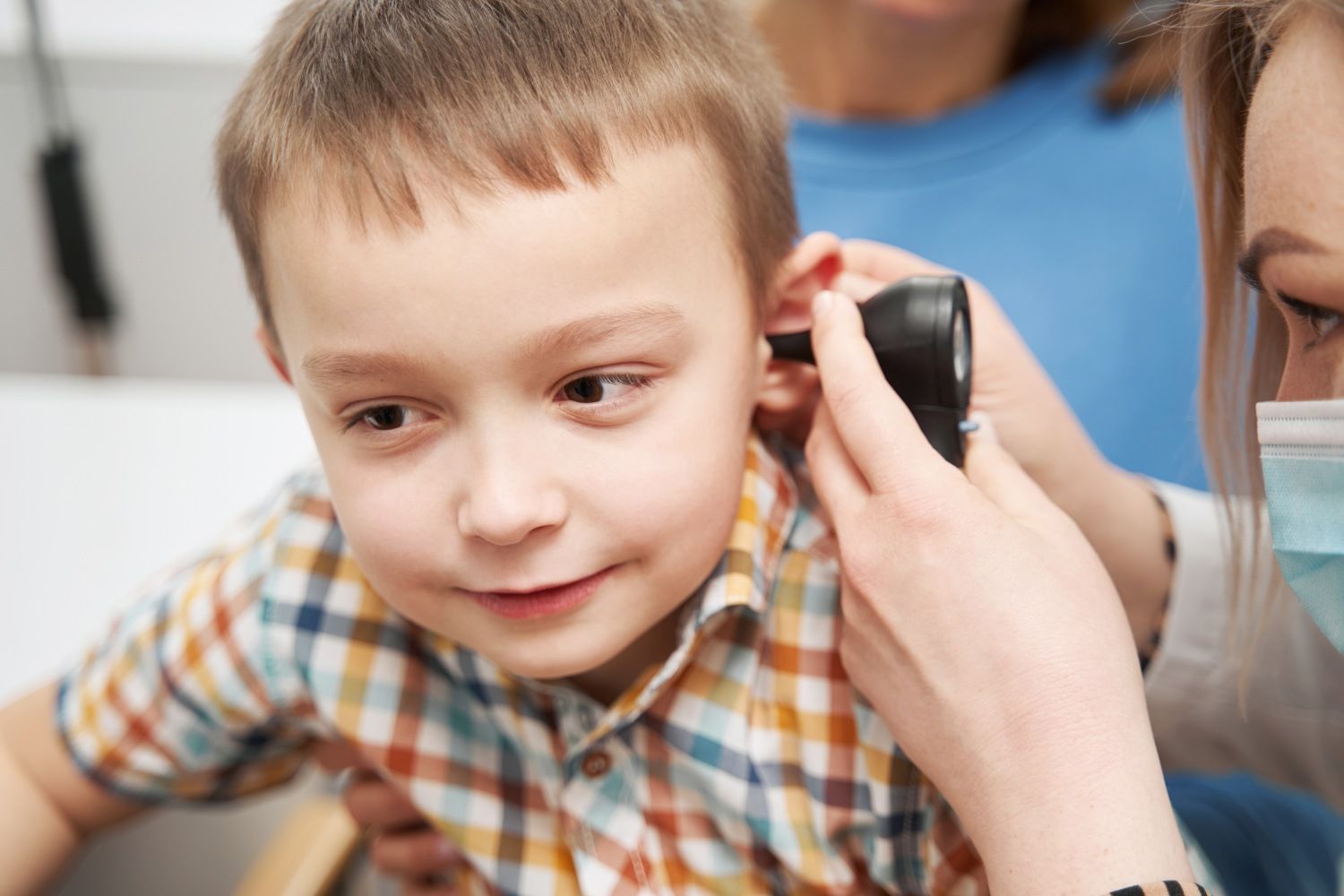Top Winter ENT Problems
Winter is here in full swing, and it is a great season for many things, like snow and holiday cheer! Whether you like to get outdoors, enjoy the cold weather or spend time indoors wishing for the winter to go away soon, there are various ear, nose, and throat-related problems that you need to be mindful about. ENT problems can arise at any time of the year, but they are known to flare up the most during the winter months when the weather becomes cold and dry.
Here are some common winter ENT problems you may experience:
Common Cold
A common cold is a viral infection of the upper respiratory tract and is usually characterized by a runny nose, nasal congestion, sore throat, cough, headache, or sometimes fever. Symptoms can gradually improve over 7-10 days. The best treatment is to manage the symptoms that are being felt. Children are also more likely to catch a cold during the winter.
Generally, you don’t need medical attention for common colds as they will go away after 7-10 days, but if the symptoms worsen or don’t seem to get better, it is recommended to consult a doctor.
Influenza
Influenza, or flu, is caused by a contagious virus. It infects the nose, throat, and sometimes lungs. Influenza is a serious disease that can lead to hospitalization or sometimes even death. The best way to prevent influenza is to get a vaccine every year. Although the annual influenza vaccine is not 100% effective, it can reduce the complications that may arise with this flu considerably.
Kids younger than the age of two years and adults over the age of 65 are at higher risk of developing flu complications. Symptoms include fever, aching muscles, chills and sweats, headaches, runny or stuffy nose, sore throat, and shortness of breath.
Strep Throat
Strep throat infections are caused by group A streptococcus bacteria (strep A). Streptococcal bacteria are contagious and can be spread through coughs, sneezes, and shared foods. It tends to circulate during the winter and early spring seasons.
Symptoms include pain when swallowing or talking, sore throat, redness or white patches on the throat, fever, headache, vomiting, rash, and swollen lymph nodes in the neck area. Strep throat can cause complications like kidney inflammation and rheumatic fever if left untreated.
Pneumonia
Pneumonia is an infection in one or both lungs caused by bacteria, viruses, or fungi. The infection leads to inflammation in the air sacs of the lungs, making breathing difficult. When pneumonia affects both lungs, then it is called bilateral or double pneumonia. When caused by bacteria, it tends to be more severe than viral pneumonia. Symptoms of viral pneumonia are similar to those of flu and are more likely to resolve on their own. Viral pneumonia usually does not require specific treatment.
Coughing with phlegm, fever, sweating or chills, chest pain, shortness of breath, loss of appetite, and headaches are a few symptoms of pneumonia. The treatment will depend on the type of pneumonia, the severity of the infection, and the overall general health of the patient, so it is best to consult a doctor to find out which treatment plan is best for your condition.
If you or your dear ones are experiencing any of the problems mentioned in this blog, please consult the ENT Medical and Surgical Group team. We offer cutting-edge treatments for patients in New Haven, North Haven, Westbrook, and Branford, Connecticut. Contact us to learn more.













